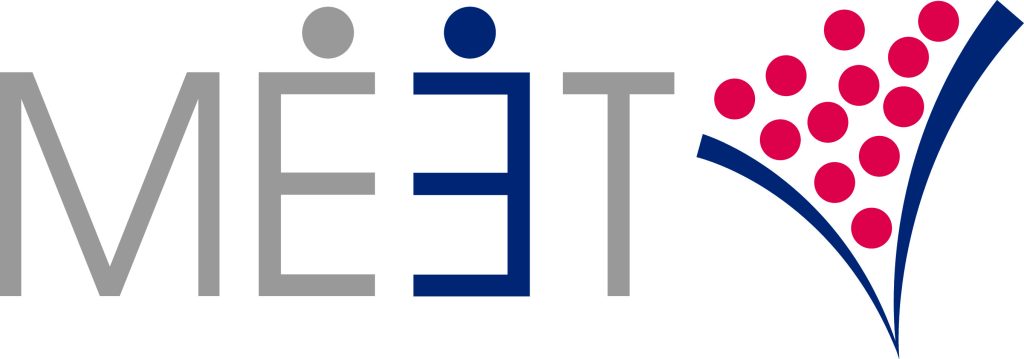At MEET, we help international companies soft-land and scale in the U.S. through trade shows and in-person events. Many of the companies we work with are not new to international scaling. In fact, it’s their success—both at home and abroad—that has led them to explore U.S. market entry.
 One thing we emphasize with all our clients is that successfully landing in one market does not guarantee a smooth or even viable landing in another, especially with different terrain.
One thing we emphasize with all our clients is that successfully landing in one market does not guarantee a smooth or even viable landing in another, especially with different terrain.
With its vast demographic and geographic diversity, India is a prime example of a high-demand market that requires different landing gear for international scaling firms.
On November 12th, we sat down with our good friend Nilesh Gopali, Founder and CEO of investment and business advisory firm AAVOR, to explore India market-entry, and in particular, some common pitfalls that international scaling firms face.
Success is a double-edged sword for international scaling companies
India’s distinct culture and large population are a few of the obvious challenges that scaling firms anticipate. But that doesn’t stop them.
“If you look at the companies that are coming to India, they have done exceptionally well in their home market. Many have experience with fast growth, which is why they are looking to scale abroad.”
Nilesh points out that sometimes the success that builds confidence in scaling ventures can be a double-edged sword in the Indian market.
“The senior management team is thinking about India and assumes that they’ll need a couple of months to get to know the market. Then, based on a proven history of success in their home market or others, they prescribe a familiar scaling tactic.”
According to Nilesh, the biggest mistake that India market-entry firms make is to underestimate the amount of time it takes to successfully gain traction.
Within three months these companies expect to be able to reach a conclusion about the India market and, by the fourth month, begin operating on those assumptions in an effort to reduce costs. This truncated timeline is where Nilesh feels the biggest mistake lies.
Setting a realistic timeline
Nilesh suggests setting aside the first six to eight months for learning. “You should expect to have a steep learning curve during that time, followed by very fast implementation.” He believes that operating with anything less than that significantly limits your understanding of the market, and leads to other challenges.
“You might get the first 10 or 15 customers—the tip of the iceberg—but you will never get a large chunk of the Indian market. And once you establish your brand identity you become typecast as a particular company and it becomes impossible to reposition yourself.”
Underestimating the power of cultural, regional and language differences are common pitfalls any international scaling endeavor should anticipate. Accurately estimating the time it will take to overcome them requires additional skills.
 Making friends in the sandbox
Making friends in the sandbox
Nilesh describes the Indian market as one that is very open for international companies, especially when compared to other Asian countries. That said there are two aspects that Indian market-entry firms must consider.
The first involves positioning, to ensure there is a clear benefit to Indians. While the Indian government is keen to help international scaling firms, that support comes at the price of ensuring there is added value for the Indian population.
The second is to recognize the importance of building relationships with Indian counterparts—as opposed to transaction partners—and the amount of time that will take.
“In India, a meeting that might take one hour in the West will take two, and you might only get as far as exploring each other’s personalities. But you need to go through that process.”
There is more than enough support for international scaling companies in India, Nilesh advises, but they need to play by the rules of sandbox.
For more insight into India market-entry, check out our full interview with Nilesh Gopali titled: Capitalize on the India Growth Story for Market Entry. To check out all of MEET’s webinar content on how to successfully scale your company in the U.S. market, subscribe to our YouTube Channel.
About
MEET (meetroi.com) helps international B2B growth companies soft-land and scale in the U.S. through trade shows and in-person events. MEET’s processes help its clients ramp-up sales quickly and maintain a steady stream of high-quality prospects going forward. Contact Bill Kenney for a no-obligation conversation: bill@meetroi.com or +1 (860) 573-4821.

